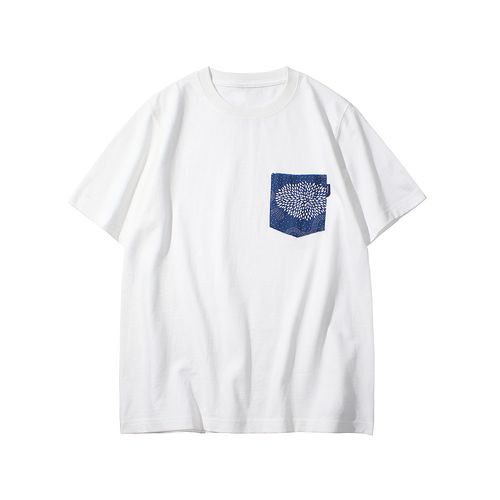Winter is the best-selling season for sweaters, and wool is one of the common raw materials for making sweaters. Below I will introduce several common wool raw materials, as well as their characteristics, advantages and disadvantages.
1. Sheep wool: Sheep wool is one of the most common types of wool. Because sheep breeds are diverse, their fiber textures will also be different. Sheep’s wool is generally soft, warm, and has excellent insulating properties to provide comfort. However, sheep wool has some disadvantages, such as pilling and fading easily, and requires special care.
2. Mohair: Mohair is a very rare and expensive wool raw material. It comes from the Falkland Mohai sheep, and its fiber is thin and soft, with excellent thermal insulation properties and elasticity. This type of wool is breathable, so it’s less likely to overheat even in cold weather. However, due to its rarity and high cost, mohair is rarely used in mass production and the price is relatively high.
3. South American wool: South American wool mainly comes from Alpaca sheep and Merino sheep. Merino wool is soft and fine, has excellent thermal insulation properties and temperature regulation functions, making it suitable for cold winter wear. Alpaca wool is rougher in texture, but has good elasticity and is more durable than Merino wool. Compared to other wools, South American wool is less prone to pilling and maintains its smoothness for a longer period of time.
4. Cashmere: Cashmere is a wool raw material produced by the mating of Merino sheep and Cashmere goats. Due to genetic influences, Cashmere has the softness and warmth of Merino wool and the wrinkle resistance and durability of Cashmere goat hair. This makes cashmere a very popular raw material for wool.
5. Rabbit fur/rabbit velvet: Rabbit fur or rabbit velvet is a fiber material similar to wool and is loved for its fineness and softness. Rabbit down is generally lighter and warmer than wool, while offering a silky shine and texture. However, rabbit hair has shorter fibers and is prone to hair loss and deformation, so it requires careful care.
Overall, wool is one of the ideal materials for winter sweaters. When choosing wool materials, there are different wool types to consider based on your personal needs and budget. No matter which wool you choose, proper care and use can ensure that your sweater stays comfortable and looks good for a long time.






